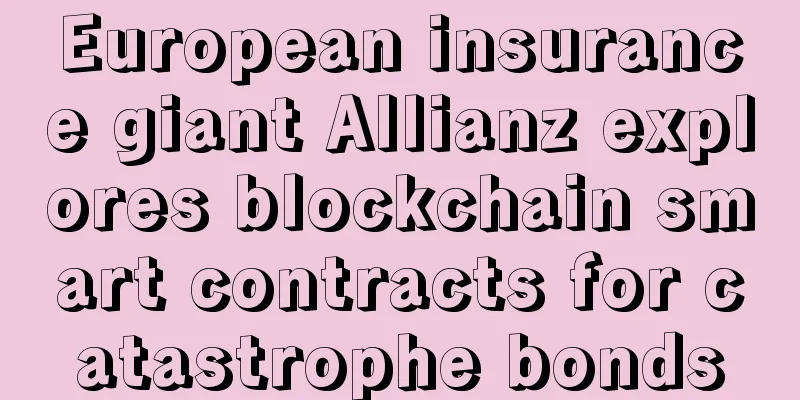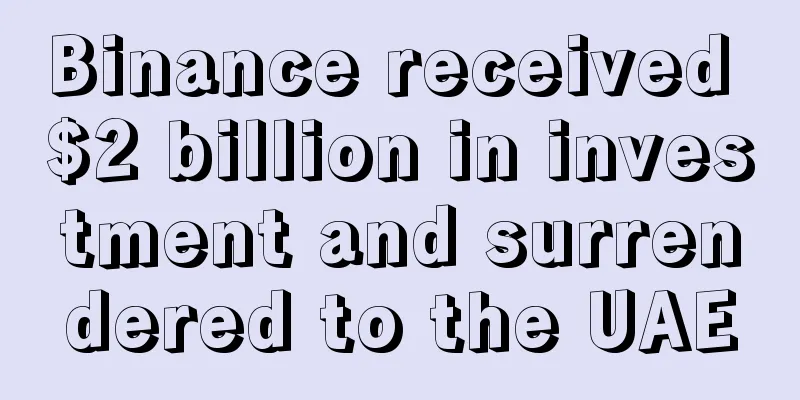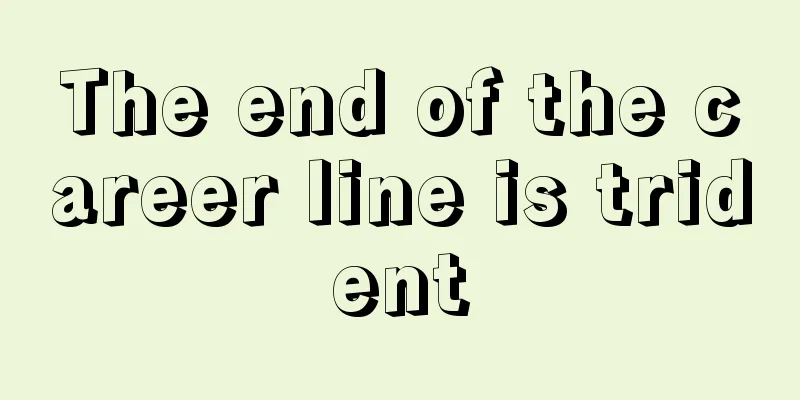European insurance giant Allianz explores blockchain smart contracts for catastrophe bonds

|
European insurance giant Allianz has announced that it has successfully used blockchain-based smart contracts to process catastrophe swaps and catastrophe bonds transactions, and also said that blockchain technology can expand the sales market for such financial instruments. Catastrophe swaps and catastrophe bonds are high-yield debt instruments, usually insurance-related, designed to meet the financial needs of natural disasters such as hurricanes or earthquakes. They have special provisions that if the issuer suffers losses due to a given natural disaster, its principal and interest payments can be delayed or even waived entirely. However, the settlement process for such bonds usually takes weeks or even months. Allianz said smart contract technology could reduce the settlement time to just a few hours. This test project was conducted by Allianz in cooperation with investment institution Nephila Capital. The test results showed that blockchain smart contract technology can indeed simplify the transaction process and improve the efficiency of funds settlement. Richard Boyd, Chief Underwriting Officer at Allianz, said:
In recent months, more and more large insurance companies have begun exploring blockchain technology. Just this week, professional services giant PwC announced it was sponsoring a research project to explore the potential use of blockchain technology in the wholesale insurance industry through proof of concept. Life insurance and financial services giant John Hancock has teamed up with ConsenSys and BlockApps, two startups working on the Ethereum blockchain, to begin multiple blockchain proof of concept experiments. |
<<: IMF: Blockchain may build an Internet of Trust
>>: The IRS may further clarify digital currency tax guidelines (with report)
Recommend
What is the sign of red forehead?
The Yintang is located on the forehead, between t...
What should people with the Dalin Wood fate do when they encounter a husband-killing phase? How to resolve the husband-killing phase
In the sixty-year cycle of the five elements, the...
What does it mean when the wisdom line is broken and becomes two lines, one above the other?
The wisdom line is a line in our palm that repres...
A card mining BIOS flashing tutorial
First of all, if you use A cards for mining, ETH ...
What kind of people have a smile but hide a knife behind it?
What kind of people have a smile but hide a knife...
What does a sunken temple mean?
The area at the end of our eyes is our temple, wh...
Binance will close its Singapore trading market after being included in the list of investors to beware of by the Monetary Authority of Singapore
On September 5, Binance announced on its official...
What does the palm line parallel to the wisdom line mean?
The palm lines that are parallel to the wisdom li...
ECB: We are not considering using blockchain in market infrastructure at this stage
Rage Comment : The development and application of...
Mole position and destiny - what kind of mole will make a woman born rich?
Some women work hard all their lives and can only...
MIT: Blockchain and digital currency are redefining the trading rules of the 21st century
In the early days of Bitcoin, it was mainly compu...
Bitcoin exchange T0.com develops blockchain technology
Overstock.com subsidiary T0.com recently shared s...
ASIC is the inevitable trend of digital currency development
Monero plans to modify its algorithm to combat AS...
What is the difference between a man's nose and a woman's nose?
What is the difference between a man's nose a...
Is a double chin a good or bad sign for a man?
A double chin refers to the extra flesh on the ch...









